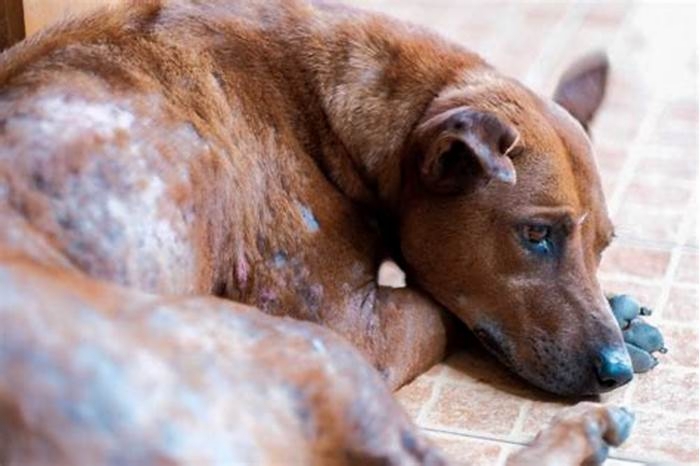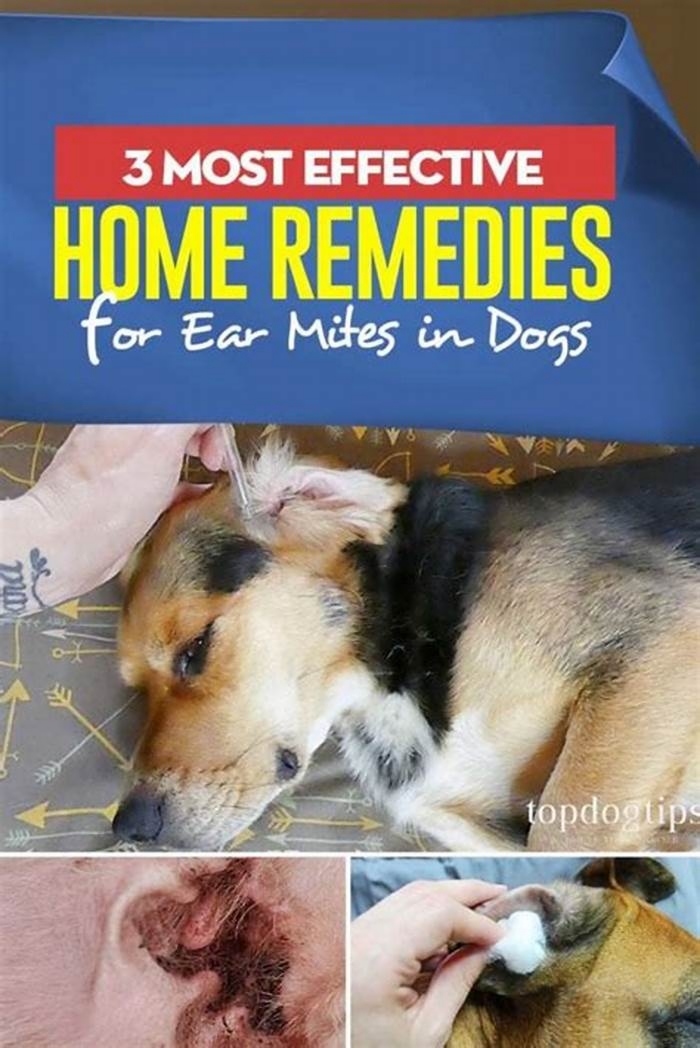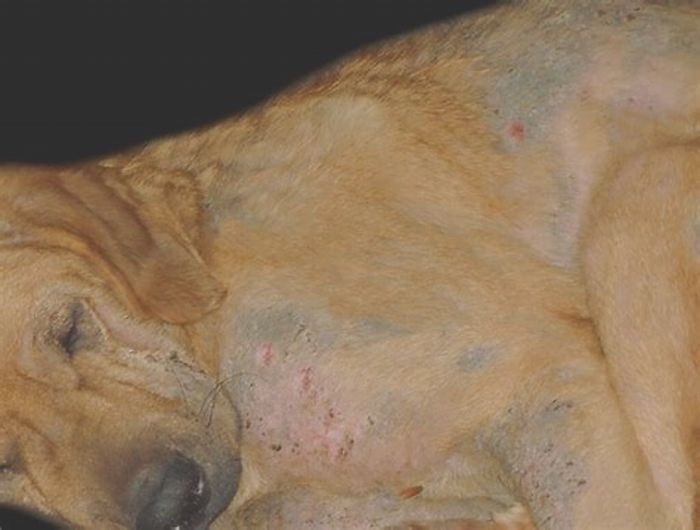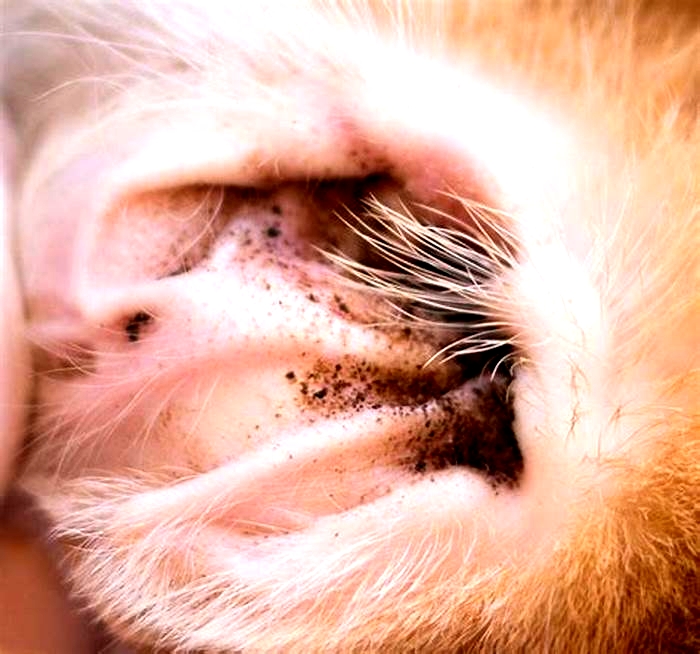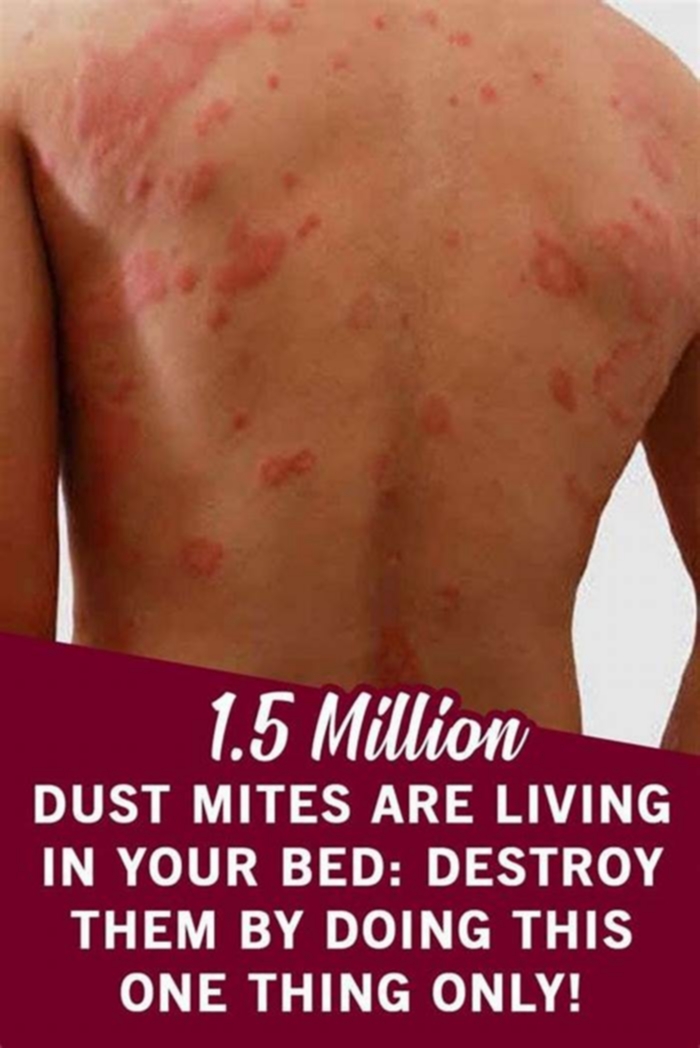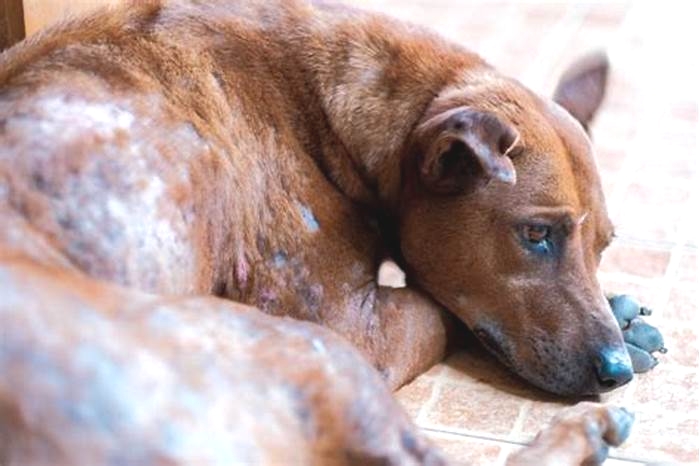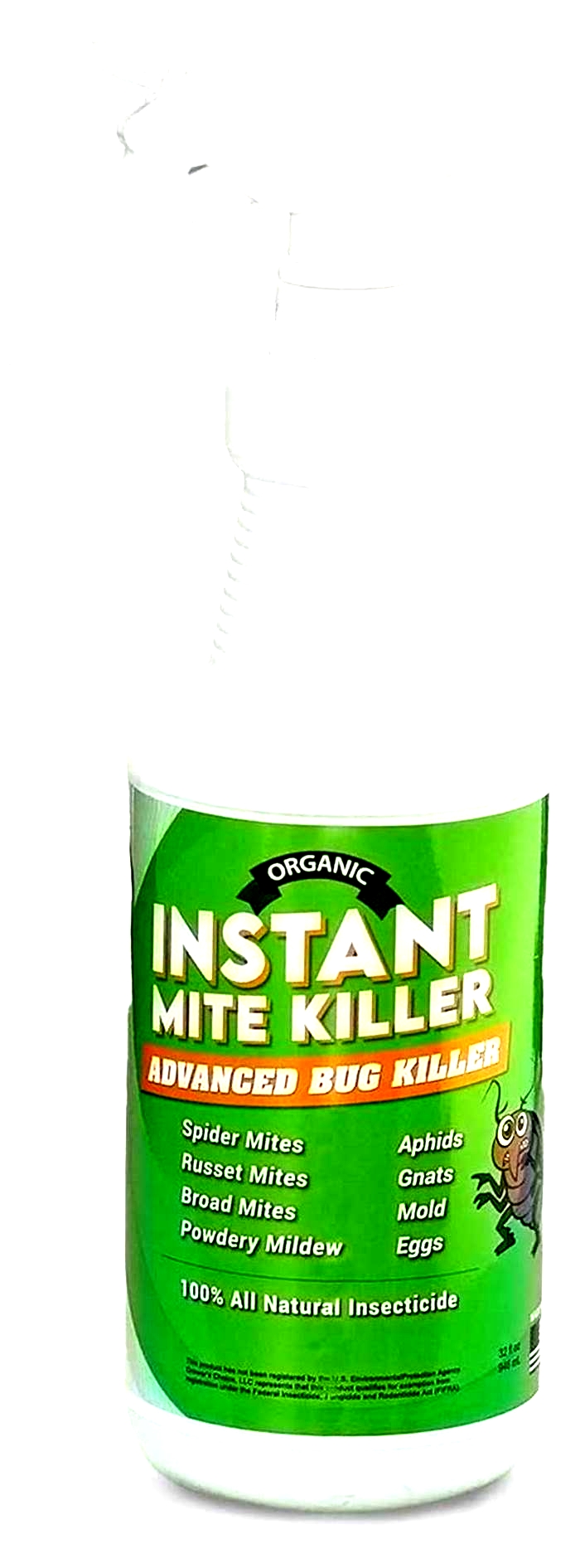How do dogs get mites
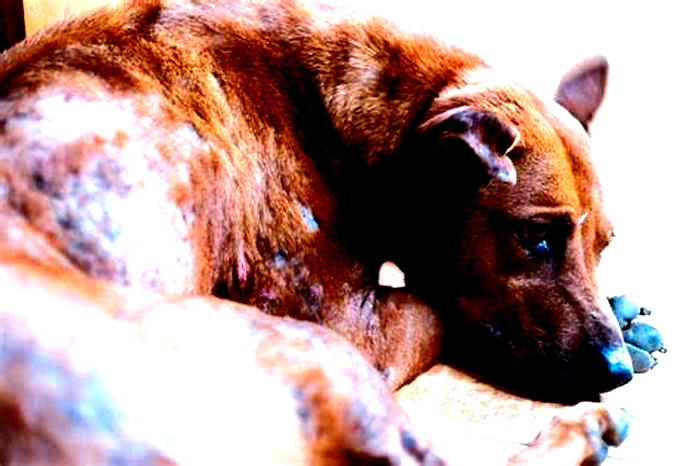
Mite Infestation (Mange, Acariasis, Scabies) in Dogs
This form of mange is caused by the mite Sarcoptes scabiei var canis. This highly contagious parasite is found on dogs worldwide. It is often called canine scabies. Although the mites that cause mange prefer dogs, humans and other animals that come in contact with an infected dog may also become infected. The entire life cycle (17 to 21 days) of these mites is spent on the infested dog. Females burrow tunnels in the skin to lay eggs. Mange is easily spread between animals by contact. Indirect transmission, such as through infested bedding, is less common, but it can occur. The incubation period varies from 10 days to 8 weeks, depending on how severely the dog is infested, part of the body affected, number of mites transmitted, and the individual dogs health and hygiene.
Not all dogs have signs when they are infested with sarcoptic mange mites. Usually, though, the animal will have intense itching that comes on suddenly. The itching is probably caused by sensitivity to the mites droppings. Initially, infested skin will erupt with small, solid bumps. Because the dog scratches or bites itself to relieve the itch, these bumps and the surrounding skin are often damaged, causing thick, crusted sores. Secondary yeast or bacterial infections can develop in the damaged skin. Usually, the sores appear first on the abdomen, chest, ears, elbows, and legs. If the mange is not diagnosed and treated, the sores can spread over the entire body. Dogs with longterm, recurring mange develop oily dandruff (seborrhea), severe thickening of the skin with wrinkling and crust build-up, and oozing, weeping sores. Dogs affected this severely can become emaciated and may even die.
Scabies incognito is a term used to describe hard-to-diagnose mange. If a dog is regularly bathed and has a well-groomed coat, the mites might be hard to find, evenif the dog shows signs of infestation such as itching. The other typical signs of mangecrusts and scales on the skinare removed by regular bathing.
If mange is suspected, your veterinarian will do a physical examination, including collecting skin scrapings and possibly a stool sample. Some clinics might also use a blood test to diagnose mange. If mites are not found, but the signs are highly suggestive of mange, trial treatment is warranted. Mange is very highly contagious and can spread easily between animals of different species and even to humans. Thus, you should ask your veterinarian for advice on how to avoid contracting mange from your pet.
Treatment should include all dogs and other animals that have been in contact with one another. It may be necessary to clip the hair. The crusts and dirt should be removed by soaking with a medicated (antiseborrheic) shampoo, and an anti-mite dip applied. Lime-sulfur is highly effective and safe for use in young animals. Several dips may be required. Alternatively, internal or topical medicines are also effective. Some internal mange medications are also used for heartworm prevention, so your veterinarian may want to test your dog for heartworms before treatment. Treatment for secondary infections may also be necessary.
Symptoms and Treatment of Mites in Dogs
What types of mites affect dogs?
The condition that the dog develops because of a mite infestation is mange. It can be either sarcoptic mange or demodectic mange. Dogs can also have cheyletiellosis (sometimes called walking dandruff) and trombiculosis (also known as a harvest mite infestation).
Common Signs That Your Dog Has Mites
Hair loss in patches or all over the coat
Dandruff
Scratching excessively
Red or irritated skin
You can see some mites on the skin if you part the fur.
Symptoms of Demodex Mites in Dogs
These mites cause demodicosis, and the infestation can be called demodex mange, demodectic mange, or red mange. They attach themselves to the hair follicles on the dog's coat, causing the associated symptoms.
A demodex mange infestation can often lead to thickened skin, hair loss, and other secondary infections, such as yeast or bacteria. Your vet may recommend medications that contain afoxolaner, fluralaner, lotilaner, and sarolaner. Another treatment commonly implemented is a lime-sulfur dip.
However, the treatment needs to be continued until a skin scraping reveals that all mites are gone.
Symptoms of Scabies Mites in Dogs
The Sarcoptes scabiei mites burrow into the dog's skin and cause intense itchy sensations. You will likely notice that the dog scratches more than usual, especially around the groin or armpits. Other symptoms are red skin and hair loss.
These mites are also sometimes called scabies or canine scabies, and they can be passed to humans.
In this case, your vet will prescribe a course of oral or topical treatments.
Symptoms of Ear Mites in Dogs
Otodectes cynotis mites attack the dog's ears and cause intense itchiness. These are most often found on puppies' ears and dogs who interact with outdoor cats.
Some symptoms of ear mites are intense scratching, head shaking, and dark dirt-like debris on the inside flaps of both ears.
Since shaking the head and pawing at the ears can also be a sign of an ear infection, you should check with your vet to determine the cause of the dog's discomfort.
Common treatments for ear mites include prescription ear drops or other types of topical medication.
Symptoms of Cheyletiella Mites (Walking Dandruff) in Dogs
Cheyletiella yasguri mites cause cheyletiellosis, a mite infestation that is often called walking dandruff. At first glance, it looks like dandruff, but examination under a microscope reveals the presence of mites and not dry skin cells.
Treatment for cheyletiellosis includes oral medication, topical medication, and/or medicated shampoos.
Symptoms of Trombiculosis in Dogs
Finally, trombiculosis is another type of mange caused by the parasitic stage of mites of the family of Trombiculidae. Nymphs and adults can live on rotting material, and dogs may acquire them by lying on the ground or going for a walk.
Diagnosis is based on history and signs, and the treatment is the same as it is for mange.
How do dogs get mites?
There are many ways dogs can pick up mites. They can be passed from dog to dog, but they can also get them from the environment.
Animal shelters or grooming establishments are common places to get mites. Even if the animal is checked before being allowed into these places, accidents happen. Your dog may even get them when going for a walk and getting close to another dog.
If your dog gets a mite infestation, you should wash their bedding and clean the places he usually spends time in to avoid reinfection.
How to Prevent Dog Mites
There are several ways to protect your dog from mites. The first one is to avoid coming into contact with a dog who has them. If you often go on walks, try not to get close to unfamiliar dogs.
As mentioned, if youve recently treated your dog for mites, wash their bedding and clean the environment where he spends the most time. This way, you can prevent re-infestation. While the dog is on treatment, keep him away from your other pets.
You may also want to ask your vet about supplements to boost the dog's immune system. Supplements do not prevent mites but can help with the pet's overall health. It is believed that a weak immune system can create the perfect breeding ground for demodex mange.
Even though preventing an infestation is difficult, the most helpful approach is to keep your pets away from areas known to harbor mites, such as dog parks, boarding kennels, and grooming facilities. Because many of these places are nearly unavoidable, its a great idea to speak to your vet about medications that can prevent mite infections. For example, many flea and tick preventatives are used off-label with good success in preventing mite infections in dogs. Your vet will know what works best in your region.
Read more:
Lice In Dogs and Cats
Symptoms and Treatment of Lice in Dogs
Common Skin Parasites in Dogs
Need to speak with a veterinarian regarding mites on your dog or another condition?
Click here to schedule a video consult to speak to one of our vets. You can also download the FirstVet app from the Apple App Store and Google Play Stores.
Recognising and Treating Dog Mites
Demodectic mange is a serious skin complaint that causes hair loss, reddening, sore areas, scaling, crusting, lesions and the darkening of chronically affected skin. It usually affects younger dogs and can be very serious if left untreated.
Can dog mites affect humans?
Mites typically only prefer one species; however, some can also infect humans if they come within close contact with the mite. The most common dog mites which can affect humans are sarcoptic dog mites, these are highly contagious and can cause itchiness and inflammation.
Dog mite symptoms
If you notice the following symptoms in your dog, they may have mites:
- Hair loss (either in patches, or all over their coat).
- Dandruff.
- Excessive scratching.
- Visible irritation, such as red skin.
- You may even be able to see mites on their skin part the fur and look closely.
Diagnosing mites in dogs
You might get clues as to whether your dog has mites by carefully studying their skin. If theyre scratching, biting, or chewing themselves excessively you might suspect they have mites, and take a closer look.
Your vet, however, is the best person to diagnose mites in your dog. They will be able to tell what kind of mites your dog has, and how they should be treated.
Your vet will usually diagnose mites by studying a piece of skin or hair under the microscope. Taking samples is a quick and usually pain-free procedure. This will help your vet identify the type of mite affecting your dog.
Dog mites treatment
The good news is that most mite infestations can be effectively treated.
Your vet may prescribe medicine or a spot-on to help get rid of the infestation, or sometimes a wash or shampoo. Sometimes more than one dog mite treatment will be used at a time, and they may have to be administered for a while. The best thing you can do is be patient and persevere and soon your dog will be mite-free!
How do dogs get mites?
Dogs can pick up mites from a number of places. They are often passed from dog to dog, but they can come from their environment too.The precise why in which they are transmitted depends on the type of mite.
Your dog may catch mites if they come into contact with another dog who has them. Typicallythis will be another dog in the household, but can also bein places such as an animal shelter or grooming establishment. Your dog may also pick them up from another dog when youre out and about on a walk.
Dog mites may also continue to live in the environment, such as in their bed or in the carpet, after they or another dog have been contaminated. Your dog can then pick them up again, which is why you should make sure everything is clean and mite-free after a known infestation.
How to prevent dog mites
The best way to prevent dog mites is to ensure they dont come into contact with a dog who has them. This can be tricky, as you wont always know, but keep an eye out if they come into contact with an unfamiliar dog.
If you dog has been treated for mites, wash their bedding and check that their surrounding environment has been cleaned, as this can help prevent re-infestation. And, of course, if your dog has mites make sure they dont pass them on usually by keeping them away from other dogs until theyve been treated.
If you'd like to know more about preventing and treating skin conditions in dogs, check out our easy guide to dog skin problems. Or find out more about treating ticks,fleas and other parasites on dogs.
4 Types of Dog Mites And What to Do About Them
Itchiness, dandruff, and hair loss are common problems that plague dogs, yet there isnt a single cause for these unpleasant symptoms. For example, allergies can cause skin and coat issues, but mites can also contribute to these less than desirable conditions.
When it comes to dog mites, there are different types and unfortunately, mite infestations spread easily between pets and people. Thankfully, there are steps you can take to both prevent and treat this pesky problem.
In this guide, well explore the four different types of dog mites, symptoms to look out for, and what you can do to ensure your beloved pet stays mite-free.
What Are Dog Mites?
Although its easy to mistake a mite for an insect, they arent classified as insects. Instead, mites are a type of arthropod (joint-legged invertebrates) that belong to Arachnida, which is the same class as spiders.
There are four types of mites that infest dogs:
- Demodex canis mites
- Sarcoptes scabiei mites
- Otodectes cynotis mites
- Cheyletiella yasguri mites
Depending on which species of mites is bothering your dog, youll notice different symptoms.
Demodex Canis Mites
Demodex canis mites cause an infestation called demodicosis. This type of mite infestation goes by many names: demodex mange, demodectic mange, or red mange. Demodex mites are parasitic and attach themselves to hair follicles on your dogs coat, causing mange.
The dogs most often affected by demodex mange include:
- Young dogs (these mites are easily passed from the mother dog to puppies during nursing)
- Neglected dogs
- Dogs with lowered immune systems
- Young and older dogs with poor diets
Because mange mites affect the hair follicle, an infestation often leads to thickened skin, hair loss, and secondary infections (yeast or bacteria). If a vet diagnoses a dog with demodex mange, there are several medication options including afoxolaner, fluralaner, lotilaner, and sarolaner.
A popular treatment is a lime-sulfur dip, which is a mixture of lime and sulfur. Regardless of which medication your vet suggests, its important to continue the treatment until skin scraping reveals that all of the mites are gone.
Sarcoptes Scabiei Mites
While the Demodex canis mites attach to hair follicles, the Sarcoptes scabiei mites burrow into your dogs skin. While the thought of this may give you the creepy crawlies, its even worse for your dog, leaving them with endless itchy sensations. You might notice that your dog is scratching more often, especially around the groin or armpits. Red skin and hair loss are two other common symptoms of mange.
These mites cause Sarcoptic mange sometimes called canine scabies or just scabies and unfortunately, this infection is easily passed to humans. In fact, scabies affects 300 million people each year.
If your doctor of veterinary medicine (DVM) detects sarcoptic mange mites, he or she may recommend heartworm medicine. According to VCA Hospitals, ivermectin is the main ingredient in heartworm medication, and it can eliminate several types of mites. Other prescription medications include imidacloprid or moxidectin.
Otodectes Cynotis Mites
Otodectes cynotis are surface mites that target your dogs ears and cause intense itchiness. Ear mites are most often found on puppies as well as dogs who interact with outdoor cats. You might suspect ear mites if:
- Your dog is constantly scratching at her ears
- Your dog shakes his head so intensely that he breaks blood vessels in his ears
- You see dark dirt on the inside flaps of his ears
Of course, shaking the head and pawing at ears can also be signs of an ear infection. Regardless, your vet can determine the cause of your dogs ear discomfort and get him started on the right treatment. For ear mites, most vets recommend prescription ear drops.
Cheyletiella Yasguri Mites
Cheyletiella yasguri mites cause cheyletiellosis, a mite infestation that is more often called walking dandruff. This infestation earned this strange name because, at first glance, it looks like your dog just has dandruff. However, if your vet examined the skin flakes under a microscope, hed see mites, not skin cells.
This infestation is treated with selamectin every two weeks for a total of three treatments. Its essential to follow the three treatment protocols because that allows for the medication to target each life cycle of the mites. Pyrethrin shampoos are also useful for this type of mite infestation.
Symptoms ofMites on Dogs
Because there are different types of dog mites, symptoms vary. The most common symptoms include:
- Intense itching
- Constant scratching
- Raw, red skin
- Crusty patches of skin
- Secondary infections, either bacterial or fungal infections
- Hair loss
- Dandruff
- Dark dirt (caused by ear mites)
Bear in mind that these symptoms can be caused by other conditions too. Allergies and hot spots, for example, can lead to hair loss or red skin.
Preventing Mite Infestations
When it comes to dog mites, prevention is the best strategy. Along with adhering to your vets suggested flea and tick prevention medications, keep these tips in mind:
- Groom your pet regularly (and report any skin changes to your vet)
- Use pet-friendly shampoos
- Offer grain-free, dairy-free organic dog food that to promote your dogs overall health while strengthening his immune system
- Use an ear cleaning solution to wash your dogs ears
- Support healthy skin and coat by including skin-healthy omega-3 fatty acids in your pups diet
- Launder your pets bedding regularly to prevent infestation (or reinfestation)
- Inspect your pets skin regularly to check for signs of mites, fleas, or ticks
- Consider bathing your pet immediately after any boarding sessions at the kennel
Supplements for Dog Mites
Along with consulting your vet and administering any prescribed medications, you may want to consider adding an immune system supplement to support your dogs overall health. While a supplement alone wont prevent mites, supplements can boost your dogs immunity. Research shows that a weak immune system can create the perfect breeding ground for demodex mange. As such, a healthy immune system is essential for reducing the risk of developing mange.
Pet Honestys NutraProbiotic Super Food Topper offers 5 billion CFU probiotics to promote a healthy gut, immune system, and skin and coat for your furry friend. A high-quality probiotic for dogs should include:
- Multiple strains of probiotics
- Superfoods such as blueberry and pumpkin for added nutrients
- Digestive enzymes
Avoid probiotics that are made specifically for humans. In addition, take a pass on any that contain:
- Synthetic flavors, preservatives, or dyes
- Fillers such as wheat or corn
- Artificial preservatives
Even if your pet has never experienced a mite infestation, a high-quality probiotic is a tasty way to support your dogs overall health and wellness.
What Kills Mites on Dogs Instantly
If Fido experiences a mite infestation regardless of which type its vital to know that your pup can get swift relief by visiting the vet and following his or her instructions. But you dont have to wait for the signs of mites before you take action.
From regularly bathing your dog to feeding her a diet that includes both probiotics and omega-3 fatty acids, you can take steps to keep your dogs skin as healthy as possible and reduce the risk of future problems.
We know that keeping your pup healthy and happy is a pet owners number one priority. Head over to the Pet Honesty blog for more health and wellness tips.

Pet Honesty Products To Try
If you're lookingfor a product that can helprepel pests like mites and other parasites, try Pet HonestyFlea & Tick Defense Chews. They're includea blend ofingredients like garlic, coconut oil, brewer's yeast and more that work together tokeep your dog safe.They've been Vet-reviewed and are formulated by experts and they tasteamazing, thanks to bacon flavoring.

